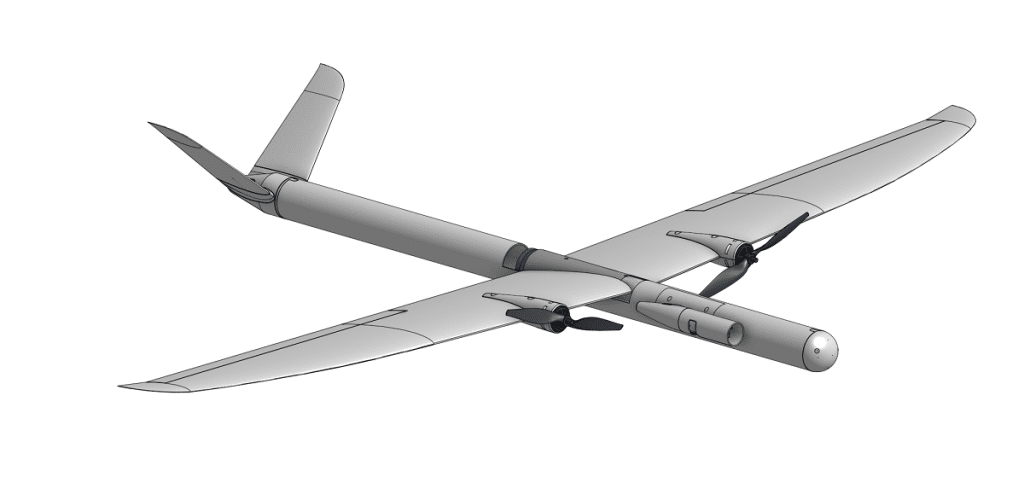Black Swift Technologies to develop UAS for Air Force, Army and Special Operations Forces ops
April 20, 2020 | AUVSI News

Black Swift Technologies (BST) has been awarded a USAF SBIR Phase II contract to develop a UAS that can autonomously conduct atmospheric profiling to support more accurate cargo drops and improved localized weather forecasts in support of Air Force, Army and Special Operations Forces (SOF) operations.
Known as the Black Swift SØ (S-zero), the compact, rugged aerial platform is designed to be hand-launched with the ability to quickly climb up to 15,000 feet. It is capable of a deep-stall landing with near vertical descent and 10-foot accuracy thanks to its unique tail design. Its rapid ascent and descent capabilities allow the UAS to quickly and accurately capture 3-dimensional (3D) wind profiles at a variety of levels, which is crucial for precision cargo drops.
“The SØ is a new and unique technology for the Air Force,” says Jack Elston, Ph.D., CEO of Black Swift Technologies.
“Not only is the SØ simple and easy to use, resulting in a dramatic reduction in training time, but through volume sales to both the commercial and defense markets, the Air Force will be getting this advanced technology at commercial prices, not DOD prices, which in the long run will be very valuable, if for no other reason, simply the cost savings.”
The SØ was manufactured entirely in the U.S. From inception, it was engineered to be capable of flying in extreme atmospheric conditions, including hurricane deployments, and it has a 90-minute cruise time. Equipped with advanced avionics, the UAS requires minimal training to operate fully autonomously. The UAS is also designed for rapid atmospheric profiling, and its automated sampling patterns and scripting allows for “launch-and-forget operations.”
Described as a “cost-effective aerial solution” that is ideal for determining the thermodynamics of the atmosphere, the SØ’s modular system design allows for rapid integration of new sensors and capabilities. Additionally, the system’s onboard Multi-Hole Probe (MHP) measurements are tightly coupled with the aircraft’s control algorithms, which allows for great improvement in measurement accuracy, while its data formatting and transmission seamlessly integrate with existing Air Force systems.
- Industry News


